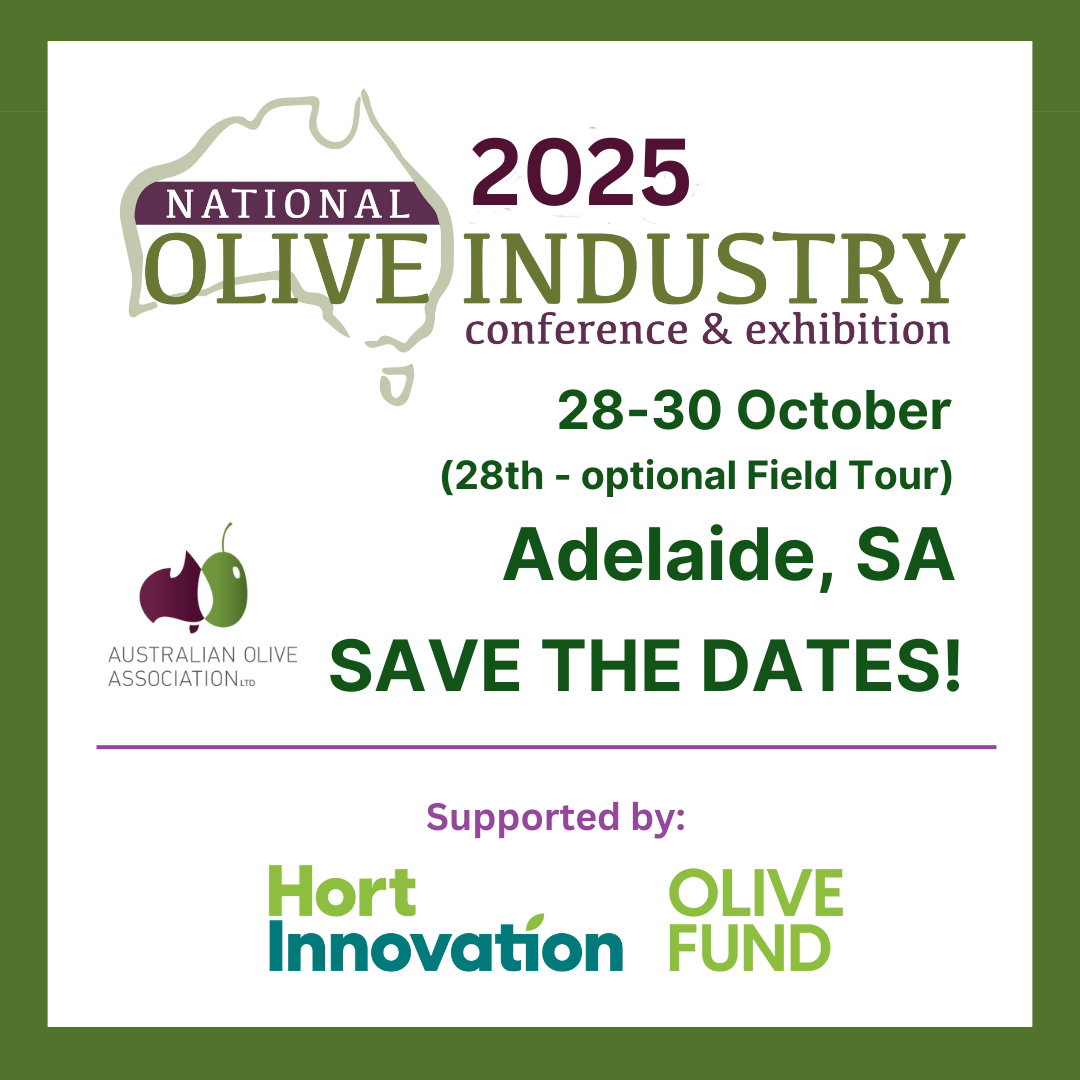Some industries that have been around for thousands of years — for example, olives, crocodiles and native foods — have bright new futures in Australia’s rural sector, delegates were told during the recent ABARE Outlook Conference in Canberra.
Speaking at the New and Emerging Industries session general manager of New Rural Industries at the Rural Industries Research and Development Corporation, Dr Roslyn Prinsley, said innovation and communication among industry participants were key to reinvigorating a range of industries such as dairy goats, native foods, essential oils, crocodiles and olives.
The rural industries classified as emerging in Australia directly contribute more than $900 million to the total value of Australian agriculture and also provide important opportunities for Australian farmers to diversify production and manage change, Dr Prinsley said.
“There is no blueprint for a successful emerging industry, but a key factor is to organise your industry by building an industry association,” Dr Prinsley said.
President of the Australian Olive Association Limited, Paul Miller, said the emerging Australian olive industry was well on the way to supplying 1% of the world’s olive oil production and providing an even larger proportion of the high quality end of the olive oil market.
”Networks of people are a critical and powerful factor in the success of an emerging industry—you can’t have too much networking,” Miller said.
Managing Director of Australian Rainforest Products, Sibylla Hess-Buschmann, said Australia’s budding native food industry was shaking off a dated ‘bushfoods’ image through meticulous attention to product quality and strict compliance with food standards.
“This groundwork has provided the basis for a growing food industry in Australia, which is regionally diversified and in tune with the unique Australian environment”, Ms Hess-Buschmann said.
Director of Wildlife Management International, Professor Grahame Webb, told the conference the Australian crocodile industry had moved to a secure future, from an extremely depleted state in the late 1960s, through conservation of wild crocodile populations based on sustainable use.
“Australian crocodile skins are the best in the world, purchased by the most prestigious international fashion houses,” Professor Webb said.



